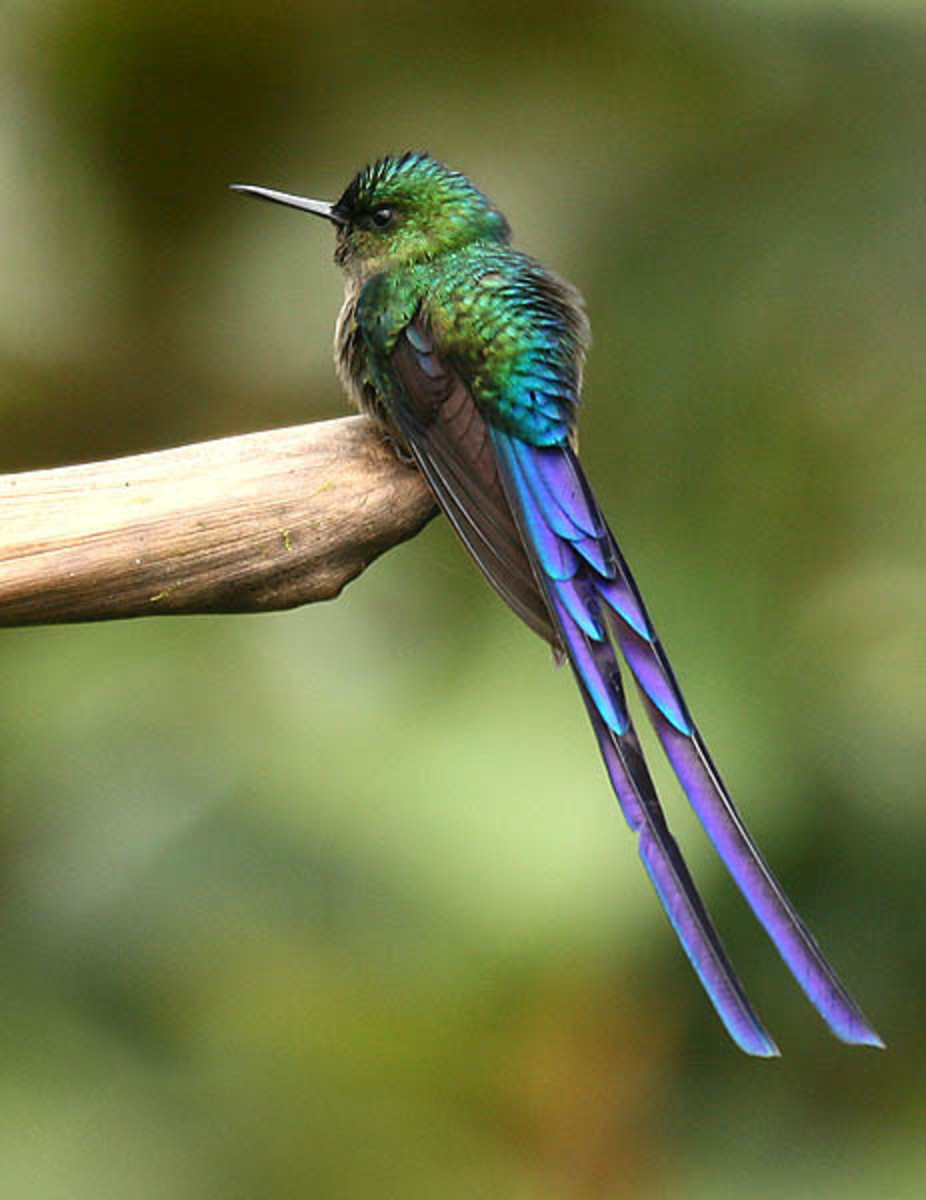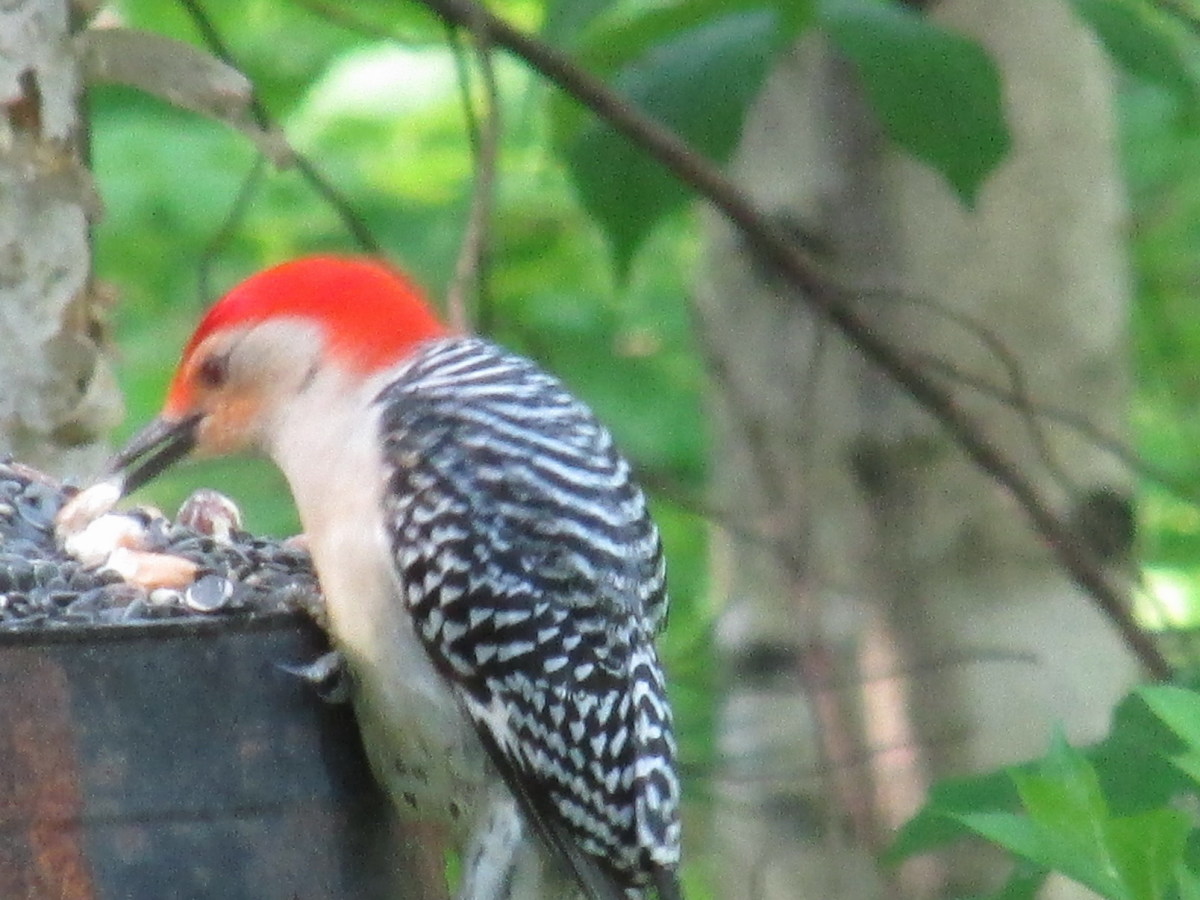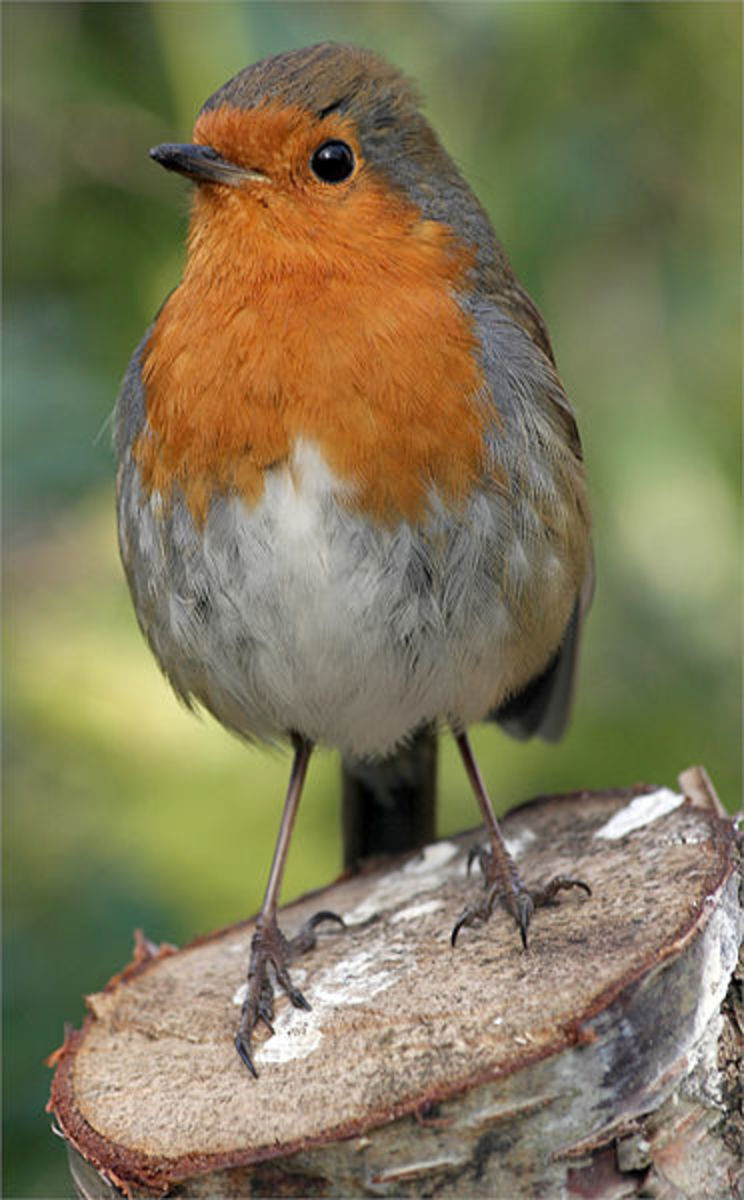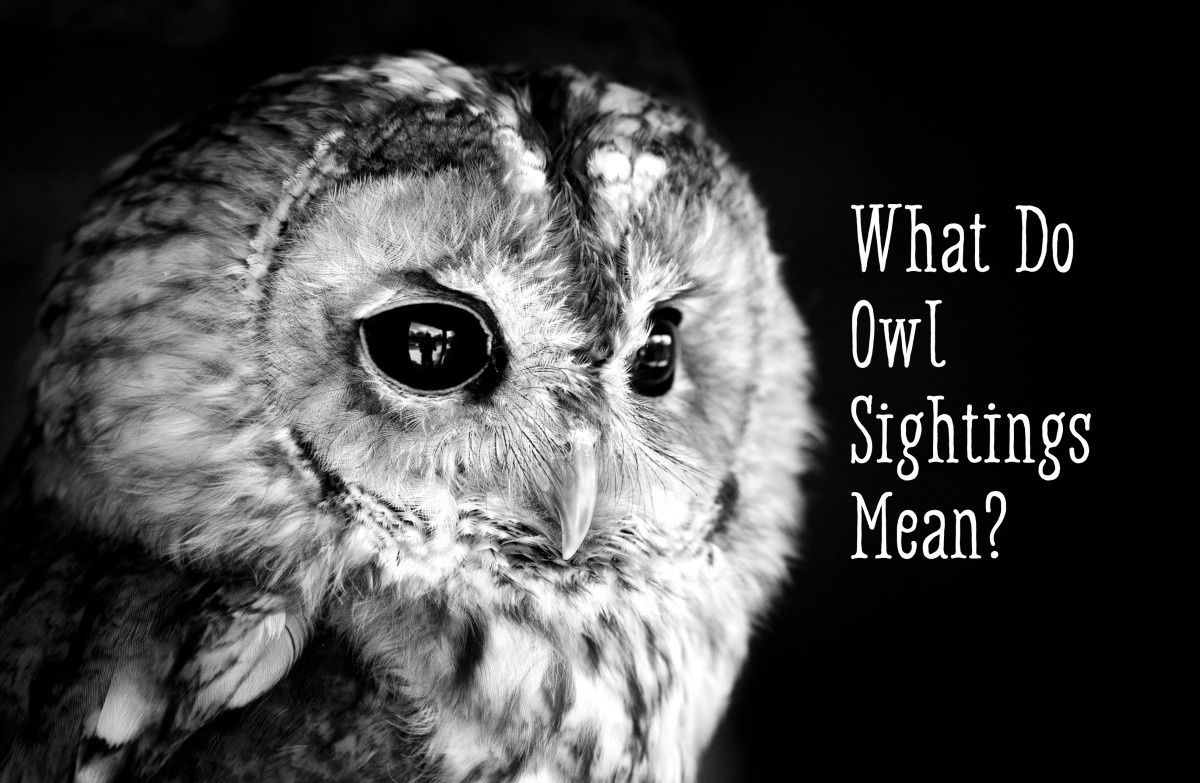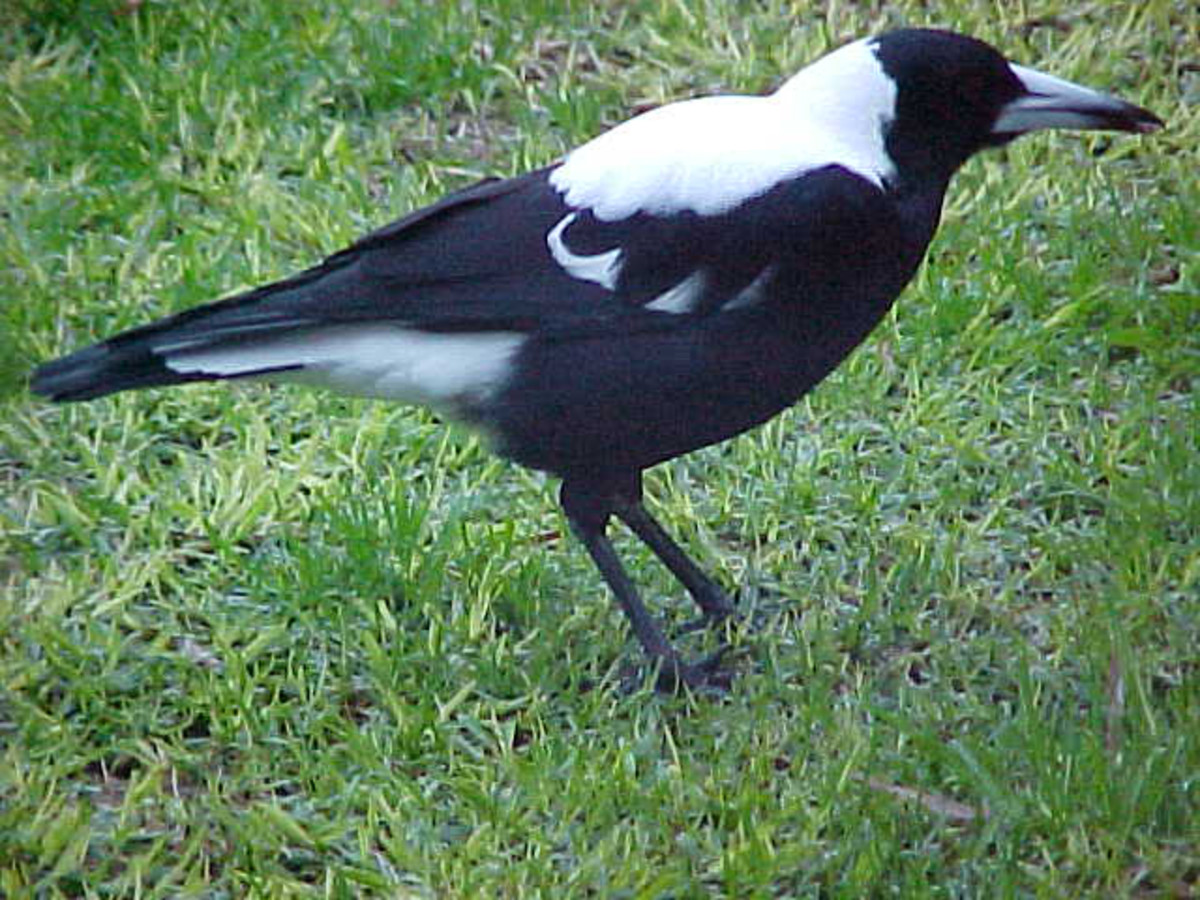Things To Consider When Feeding Hummingbirds
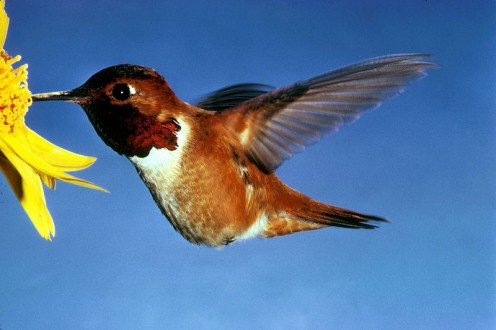
Fellow hubber alahiker28 stated 2 hours ago: "Nice hub! I have lots of them (hummingbirds)stop by, but they don't seem to like the nectar I buy. Any ideas on what they REALLY like to eat?"
"It may seem ironic that the world's smallest bird is the one most preoccupied with food, but with the fastest metabolism of all vertebrates, a hummingbird could die within a day if it fails to take in more energy than it losses."
This is all due to the fact that nectar - which is the main source of the hummingbirds diet - "is digested within an hour, and 97 percent of it is immediately converted into energy". - so stated the book, Hummingbirds, by Melanie Votaw.
While a small portion of a hummingbird's diet consist of tiny insects, according to the book Hummingbirds, "hummingbirds can drink the nectar from as many as three thousand flowers a day, eating every ten minutes, and consuming up to 75% of their body weight."
Therefore by human standards, the hummingbird is a confirmed sugar addict. However, what if you set up the feeders, fill it with nectar/sugar water, and the birds still don't come?
Here are some things to consider when feeding hummingbirds in your yard.
* The Right Equipment.
According to the book Hummingbirds, finding success at feeding the hummers in your area initially begins with attracting the birds to your area.
This requires three things:
- Acquiring the needed materials
- Putting in the required effort for gardening or feeder maintenance
- Ample space for a feeder or a garden
A.) The Necessary Materials.
In order to attract hummingbirds to your area, it is vital to acquire the necessary materials.
This would include the right plants that will attract hummingbirds, as well as feeders filled with enticing sugar water.
Here are some gardening considerations:
- Attract hummingbirds with a natural garden full of their preferred choices. These include but are not limited to: azalea, butterfly bush, cardinal flower, coral bells, crab apples, foxglove, honeysuckle, impatiens, lilac, lily, morning glory, tree tobacco, wisteria, rose of Sharon, and many more - always check with your local nursery to see which preferred flowers grow best in your region.
- Plant flowers that bloom at different times of the year - this will provide hummingbirds with their favorites anytime of the year.
- Because of their delicate nature, hummingbirds are extremely susceptible to pesticides. Therefore, never use pesticide in a hummingbird garden. Instead, look for safer and natural pest control methods.
- Plant gardens away from hornets' and wasps' nests, and ensure to have any removed in the event they make nest over an already established garden. Hornets and wasp can hurt hummingbirds and their chicks.
- Plant gardens in areas where hummingbirds will be protected from excessive wind.
Here are some feeder considerations:
- Ensure that feeders are shielded from wind, and that there are object nearby for perching.
- Placing preferred flowers nearby feeders will help draw the hummingbirds - in the event you do not have a garden or flowers, "place overripe fruit in a secluded area to attract fruit flies, which will also attract hummingbirds."
- Until the birds become accustomed to your presence, keep your distance.
- In the event your feeders are near windows, always add window decorations to prevent birds from flying into or attacking the window.
- Never place feeders where your cat/cats roam. If you have an outdoor cat, it is best not to put feeders up at all.
- When choosing a saucer feeder, opt for ones with a roof to prevent rain from diluting the sugar/water mixture.
- Red seems to attract hummingbirds, so red feeders are the most commonly used.
- Avoid yellow feeders, these may attract wasps or bees - they could attack the hummingbirds, and have also been known to steal sugar water.
- Put up several feeders with and without perches in the event competition arises for feeders between hummingbirds or other nectar-feeding animals (such as bats, bees, wasps, and other insects).
- In the event space is lacking to put up several feeders, opt for feeders that are equipped with moats or guards that prevent insects from reaching the nectar solution.
- Never place duct tape or use oil around feeders to discourage insects from drinking the nectar solution. This harms hummingbirds.
- Since bats have been known to raid and empty feeders during the night, be sure that they are refilled by dawn - before the hummingbirds come to feed.
B.) Required Maintenance.
As with anything else, maintenance is required for the proper upkeep of the natural garden or feeders used in keeping hummingbirds fed.
Here are Some Garden Upkeep Considerations:
- If you are not the best gardener, avail yourself to the help local nurseries, books, and other experienced gardeners to determine the best way to keep your natural garden in good condition.
- Always use natural pest control methods to keep your garden healthy and flourishing.
- Keep your garden free of weeds to prevent them from choking the hummingbird's flowers of preference.
Here are Some Feeder Upkeep Considerations:
- Ensure that hummingbird feeders are cleaned every 3-4 days, more if the weather is unusually warm - warm weather provides the perfect breeding ground for bacterial and deadly fungi to grow.
- Ensure that hummingbird feeders are not in a state of disrepair. Frequently inspect for damaged and clogged feeders, feeders that have torn edges due to being damaged from falls, and torn handles that could cause the feeders to fall.
When cleaning a hummingbird feeder follow these simple instructions (as adapted from the book Hummingbirds, by Melanie Votaw):
- Empty the feeder of its contents and flush out with hot water.
- If more cleaning is required, use a mixture of vinegar and warm water (never use soap).
- If mold is present, soak the feeder in mild bleach water (1/4 cup of bleach with a gallon of warm water) for about an hour.
- Use a brush to remove any residual mold.
- Rinse repeatedly with clean warm water - a good gauge to tell if all the bleach has been removed, is by a simply smelling the feeder.
- Allow the feeder to air dry.
- Refill the feeders with the nectar solution and have them back up before dawn.
How to make homemade nectar
* Commercial Nectar or Homemade?
According to the book Hummingbirds, while there are commercial sugar water or nectar solutions readily available on the market, "they are no better than your own solution and may actually spoil more quickly."
Therefore, it is better to mix a solution of your own.
A homemade nectar solution consist simply of mixing four parts water to one part white cane sugar. It has been advised to never use sugar substitutes, honey, or brown sugar - solutions like these are dangerous to birds.
Simply:
- Boil the water (add extra for water that boils away).
- Add four parts water to one part sugar.
- Allow sugar to dissolve.
- Allow the mixture to cool completely before adding it to the feeders.
- If there is some left over, it can be kept in the refrigerator for a few days (some sources say two weeks).
- Never add red food coloring to the mixture.
- Never use distilled water in the mixture.
- Never increase the amount of sugar in the mixture - hummingbirds dislike it and it may harm them.
* I've Followed These Suggestions but Birds Still Do Not Visit My Feeders. What Do I Do Now?
If weeks have gone by and your feeders have still not been visited by hummingbirds, hanging a red ribbon from the feeder, or adding orange or red tapes on areas of the feeder where the birds do not perch may attract their attention.
Keep in mind that if the birds are unfamiliar with the feeders, than it will take them a couple of days to try it and become accustomed to it. In addition, fewer birds are seen during the summer months since this is when the females are nesting.
Once you've done all you can to attract hummingbirds to your garden or feeders, it's a simple matter of sitting back, relaxing, and enjoying the sight of vibrant and colorful hummingbirds flitting and darting about in your yard.
ref: Hummingbirds, by Melanie Votaw, and Hummingbirds - Jewels in Flight, by Connie Toops
copyright © 2010





